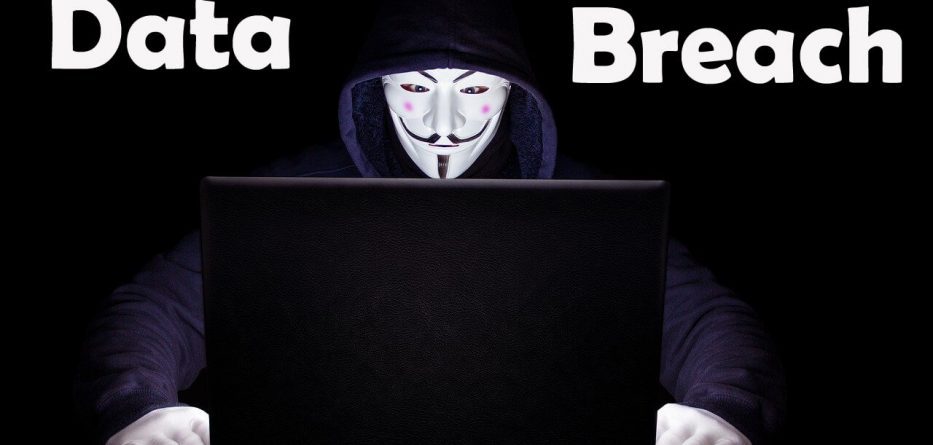An often overlooked, yet crucial component of a data breach response is scoping. If the company determines precisely what information, computer machines, physical facilities, or other areas of the company were involved in the data breaches, typically, the organization will be able to define the area at risk in the best manner they can. For instance, they may try to understand who obtained the information, how they obtained the information, and what kind of information did they get.
The first step of scoping a data breach is in defining the crucial questions that must be answered, depending on the risks to the company caused by the potential violation. Some of the common problems are:
- What kinds of data may potentially have been stolen?
- Who has been affected by the disclosure of this data? How many individuals in total?
- How much of the information may have been stolen?
- What are the kinds of regulations, laws, and contractual obligations that could be related to stolen data?
- What are the jurisdictions that the affected parties lie in?
In the case of an anonymous breached organization, policymakers are desperately in need of knowing precisely whose data was stolen by the hackers. Why was this important to the organization? This is because, in 2003, California enforced the country’s first security breach notification law. The law states, “any organization that stores consumer information must electronically notify Californian customers of a data breach to the company’s computer system if the organization is aware or reasonably believes that the personal and unencrypted data about the customer has been exposed.” This law applies to every organization that does business with Californian residents, even if the company is based outside California. To offer an incentive for compliance, the state of California also permitted affected consumers to place civil charges in order to recover damages from the breached company.

In other words, if the affected organization had exposed any customer records relating to a California resident, the company is legally required to notify the affected individual. In one case, after investigation, it was revealed that the cybercriminal was living in the Los Angeles area, the company cooperated with the local Los Angeles Sheriff’s Department which instructed the company to notify affected customers by the publicized law. For the affected company, the seemingly effortless question of scoping took a lengthy period of time to respond, to due to the many hurdles the company faced with its logging methods. At first, the company sent out notifications to only Californian residents. Still, after a massive public outcry, the company acknowledged that an additional 110,000 customers across the country were affected and would be notified immediately. When the media contacted the police department, they revealed that cybercriminals could have downloaded as many as 4 million records of people across the country. Today, even after years of the breach were announced, the actual tally of exposed individuals continues to remain unknown.
If companies look to create a report that lists all their access to customer records, it can save them from massive hassle in the near future. Even though the technology is available, numerous companies do not deploy it simply because they believe they will not be breached. When the affected company was impacted, it took several months for the executives within the organization to comprehend the actual scope of the data breach. The delay in scoping the issue dramatically impacted the company’s ability in responding and eventually damaged its reputation of the company.
The rebuilding of customer loyalty after a data security breach can be a humongous task, especially if the company has been perceived poorly by the affected individuals and the media in handling the breach response.
Besides creating a data breach response plan to minimize potential harm and prevent similar crises from taking place in the future, companies must also look into researching data breach notification laws. Besides, it can also help to assess the scale and source of the document security breach with the help of security experts. The best way of preventing a document security breach is to employ digital rights management to protect confidential and sensitive documents from unauthorized access and use. From preventing access to your sensitive documents by encrypting document content to controlling how your content can be used (i.e. restricting editing, disabling printing, stopping copying and sharing, and enforcing expiry), your content can stay secure from unauthorized users.
Most companies hold sensitive data in PDF documents. A flexible document security solution, such as PDF DRM, can help prevent data breaches and ensure secure document sharing with third parties. With content-controlled access, the use of exclusive rules, and control distribution, your documents stay protected throughout their lifecycle. Using PDF DRM you can prevent the duplication of your content, stop screengrabs, prevent forwarding, disable printing, stop sharing, restrict altering, and more. You can even revoke access to distributed documents regardless of their location. By placing all the rules on the content owner, DRM ensures that your content stays secure in the manner you deem fit.
Consider investing in additional security solutions, such as identity and access management, so you can further minimize the risk of a data breach by authorizing usernames and credentials.








